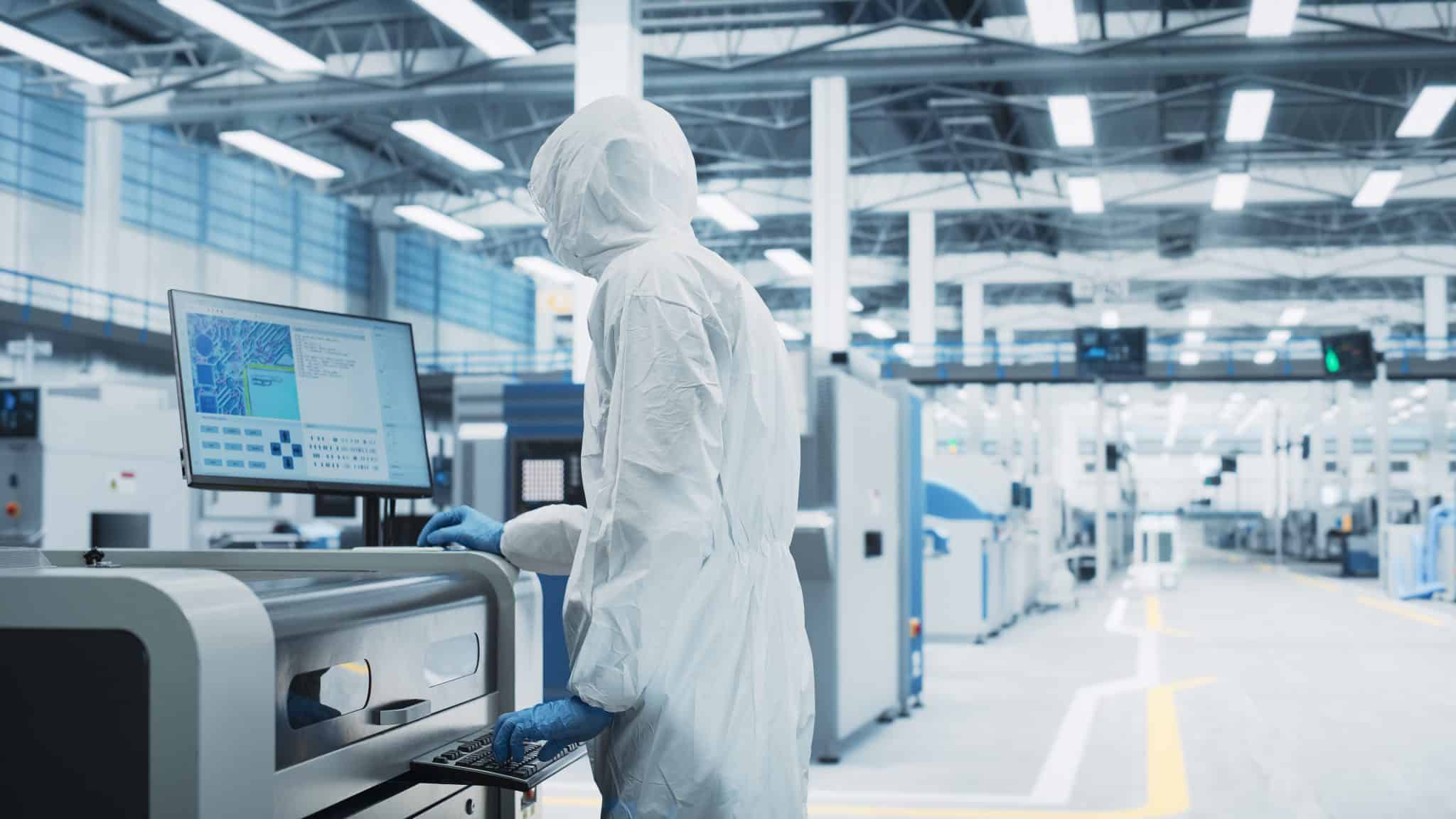Understanding clean room classification for sterile manufacturing facilities is essential for maintaining product quality and meeting regulatory standards. This blog explains the main cleanroom classifications and what they mean for your facility.
- Learn the difference between ISO and EU GMP clean room classifications
- Discover why controlled environments are vital in sterile manufacturing
- Explore how proper design and airflow help reduce particulate contamination
- Understand what cleanroom standards mean for compliance and operational efficiency
- Get tips on how to design and maintain a clean room for sterile product preparation
In sterile manufacturing, maintaining a highly controlled and contaminant-free environment is not optional—it’s a regulatory and operational necessity. A clean room provides an environment for the preparation of sterile products, where even microscopic particles can pose serious risks to product safety and efficacy. Understanding the different clean room classifications is essential for maintaining product integrity, regulatory compliance, and ensuring safe, high-quality output.
Let’s break down the clean room classification for sterile manufacturing facilities, explore the standards behind them, and discuss their importance in sterile manufacturing operations.
What Is a Clean Room?
A clean room is a specially designed space that limits particulate contamination and microbial presence through engineering controls like filtered airflow, pressurization, and stringent protocols. These controlled environments are used across industries like pharmaceuticals, biotechnology, aerospace, and electronics, but their role in sterile manufacturing is especially critical.
In a clean room for sterile manufacturing facilities, the goal is to maintain a sterile environment for the handling, mixing, filling, and packaging of sterile drugs and products. This is vital to prevent contamination that can compromise safety and effectiveness.
Clean Room Classifications and Standards
The classification of clean rooms is determined by the number of airborne particles per cubic meter or cubic foot of air. Two of the most widely referenced standards are:
- ISO 14644-1: Defines cleanroom standards in terms of particulate concentration per cubic meter of air. Clean rooms are classified from ISO Class 1 (most sterile) to ISO Class 9 (least sterile).
- EU GMP (European Union Good Manufacturing Practices): Specifies Grades A through D, commonly used in the pharmaceutical industry for sterile manufacturing.
Here’s a simplified comparison:
| Standard | Classification | Max Particles ≥0.5µm/m³ |
| ISO | Class 5 | 3,520 |
| EU GMP | Grade A | Comparable to ISO 5 |
| ISO | Class 7 | 352,000 |
| EU GMP | Grade C | Comparable to ISO 7 |
Grade A/ISO 5 environments are required for high-risk operations like aseptic filling. Lower classifications (e.g., ISO 7 or 8) may be acceptable for support areas, depending on the manufacturing processes.
Why Classification Matters in Sterile Manufacturing
Correct clean room classification for sterile manufacturing facilities ensures the proper design and operation of clean spaces. This helps to:
- Protect the product from microbial and particulate contamination
- Comply with FDA, EMA, and other global regulatory bodies
- Guide equipment selection, personnel behavior, and gowning requirements
- Define environmental monitoring and cleaning protocols
Key Considerations in Clean Room Design
To maintain the correct classification, facility designers must consider:
- Air filtration systems, including HEPA or ULPA filters
- Room pressurization and airflow patterns
- Cleanroom zoning and personnel flow
- Material selection for walls, floors, and ceilings to minimize contamination
The Bottom Line
Maintaining the right clean room classification is not just about compliance—it’s about protecting public health. Whether you’re constructing a new clean room for sterile manufacturing facilities or upgrading an existing one, understanding cleanroom standards and building to meet those specs is essential.
For expert support in clean room construction and classification, partner with a team that understands the complexities of sterile facility requirements. Bryan Construction delivers controlled environments that support high-quality, compliant manufacturing processes from start to finish.
Learn more about our commercial building construction services here.
